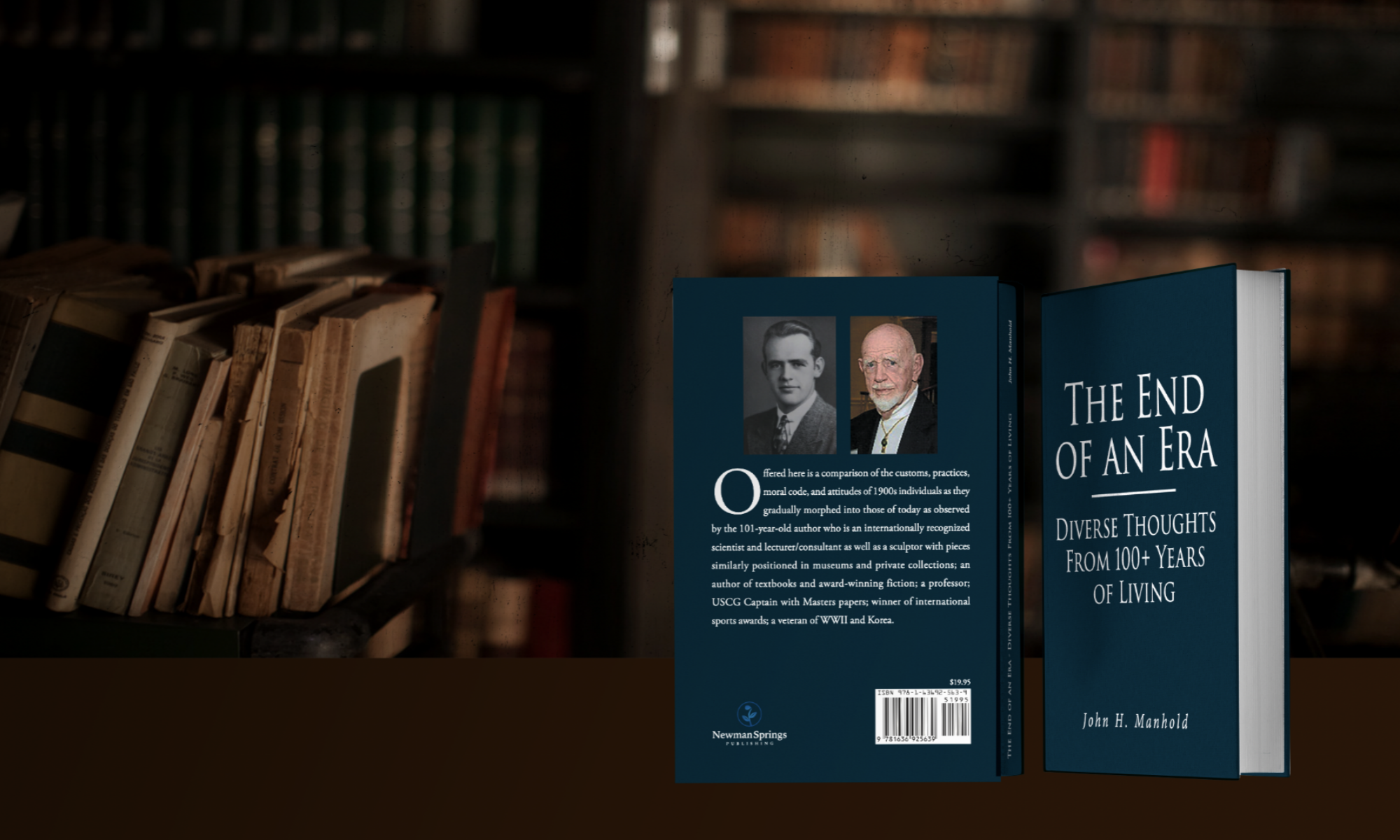Princess of Independence published, copyright and written by Icarus Bobain.
The author has set forth a tale of Italy’s intense struggle for arrival as an independent unified country in the days following Napoleon Bonaparte’s defeat and the country’s continued existence as independent states whose northern half was under the hated Austrian rule. Christina Trivulzio was a member of the royal aristocracy of Italy who devoted her life to fighting for the country’s unification and independence from the rest of the European countries. Her hatred was heightened by the manner in which both her father and stepfather were treated by the Austrian rulers of Northern Italy. She married Emilio Barbiano Belgiojoso, a highly positioned member of the aristocratic ruling class who, although kind and extremely generous, unfortunately also indulged in additional dalliances. They separated and she devoted her time increasingly to aiding the revolutionary element. She was charming, intelligent and devised ways in which to become ‘someone with whom to be associated’ through providing soirees that provided memorable evenings associating with famous musicians and others of note and distributing the proceeds to the Carbonari and others struggling for the country’s unification and liberty. She had been exiled to France where she had an illegitimate daughter, Maria, who she attempted to indoctrinate with her same passion for politics. Forced by Napoleon’s defeat to flee France and unwelcome in Italy, she headed west, finally obtaining a farm in the less settled area of Turkey with a trip to the Holy Land that was vigorous, dangerous, but rewarding, and return to the farm. Through it all Emilio, provided a degree of support and she finally was able to return to her own country and her proper position. The story is told with alternating chapters describing the varying periods of time from the perspective of Christina and that of Maria as the years progress,
Discussion: The author has described an interesting story of Italy’s intense struggle for unity and independence in the early 1800s. For devotees of fictional tales that follow historical activities and include interchanges and/or interrelationships of well-known figures of the period, this book definitely is for you.
5* Especially for readers sited in the discussion.
